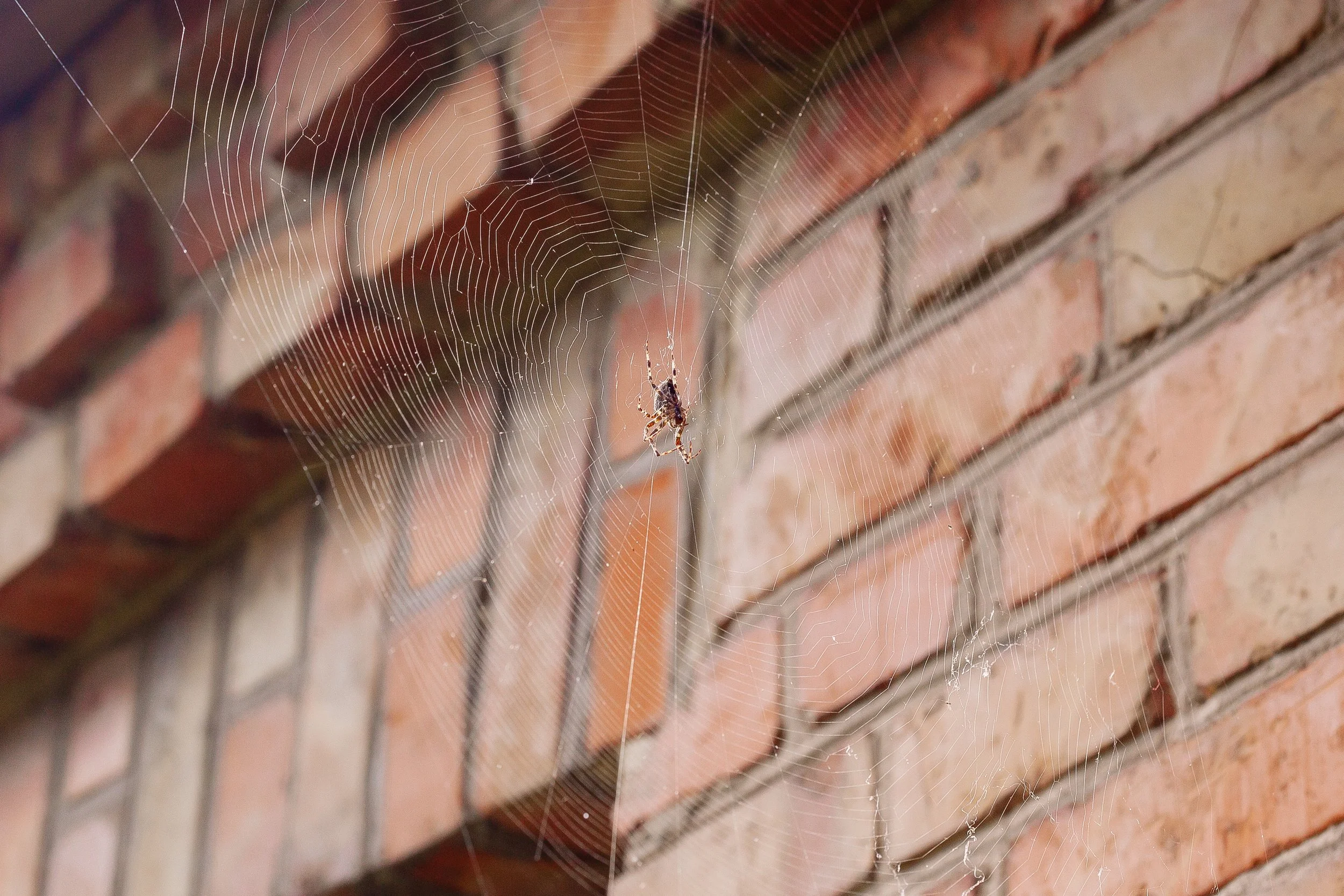Spider Traps: Do They Work and Should You Use Them in Claremont, CA?
For many Claremont homeowners, finding spiders indoors is unsettling. While most spiders are harmless and even beneficial outside, their presence indoors can create fear and discomfort. Because they’re silent, fast, and often active at night, spiders are difficult to control. One solution many residents turn to is spider traps. These sticky tools promise to catch spiders and reduce their numbers indoors. But how effective are they really, and should you rely on them as your main defense? This guide explains how spider traps work, their pros and cons, and what other steps Claremont residents can take to keep their homes spider-free.
How Do Spider Traps Work?
Spider traps are usually glue-based devices. They’re flat cardboard or plastic panels coated with adhesive that captures spiders and other crawling pests. Spiders enter while wandering or chasing prey and become stuck.
Because traps are passive, they depend on placement rather than lures. Homeowners often set them along baseboards, in corners, behind furniture, and near entry points. They’re inexpensive, easy to use, and safe for homes with children or pets.
The Pros and Cons of Spider Traps
Advantages:
Monitoring: Identify how active spiders are and where they’re concentrated
Non-toxic: Safe for use indoors
Easy to use: Disposable, with no complicated setup
Multipurpose: Also capture ants, beetles, and roaches
Limitations:
Passive only: Spiders must stumble into them; no attraction mechanism
Not a long-term solution: Don’t target eggs, webs, or infestations
Not effective for venomous species: Black widows or recluse spiders require professional treatment
For Claremont residents, spider traps are best as part of an integrated approach rather than the sole solution.
When Spider Traps Are Most Useful
Spider traps are helpful in a few situations:
Monitoring infestations to see where spiders are most active
Reducing populations of common house spiders, cellar spiders, or wolf spiders
Supplementing prevention efforts such as sealing cracks and decluttering
However, for more serious problems—including venomous species—professional services are more reliable. Our article on dangerous spiders in California explains which species homeowners should treat with extra caution.
Prevention: The Key to Spider Control
While traps reduce numbers, prevention is more effective long-term. Spiders typically enter homes for food and shelter. Addressing these attractants is key.
Spider Prevention Tips:
Seal cracks and gaps around doors, windows, and foundations
Repair window and door screens
Vacuum regularly, especially in corners and under furniture
Remove webs quickly to discourage nesting
Reduce clutter in basements, attics, and garages
Keep outdoor lighting low or use yellow bulbs to limit insect activity
Control other pests such as ants, flies, and mosquitoes
We share practical repellents in our resource on indoor spider control, which highlights both natural and professional options.
Should You Rely on Spider Traps Alone?
The short answer is no. Traps are useful for occasional spiders and monitoring activity, but they don’t address the root problem. Persistent sightings often point to entry points or a steady food supply. Traps also don’t prevent egg sacs from hatching into hundreds of spiderlings. For infestations or venomous species, professional control is the safest and most effective option.
Professional Spider Control in Claremont, CA
Our team takes an integrated approach to spider management, including:
Identifying which spider species are present
Treating cracks, basements, and other hiding spots
Reducing insect populations that attract spiders
Applying targeted treatments for lasting results
Unlike traps, professional treatments reduce the entire population and help prevent future invasions. For an overview of species common to the region, see our guide to spiders in Southern California.
Spider Control Company Near You
If you’ve been relying on spider traps but are still finding unwanted guests indoors, it may be time for professional help. At ProCraft Pest Control, we provide expert spider control services in Claremont that target the source of infestations and prevent future invasions. Contact us today to schedule an inspection and take the first step toward a spider-free home.
FAQ: Spider Questions in Claremont
Q: What are the best ways to repel spiders indoors?
Reducing clutter, sealing cracks, and limiting insects are the most effective steps. We share practical methods in our article on indoor spider repellents.
Q: Are brown spiders dangerous in California?
Most brown spiders are harmless, but recluse species can pose health risks. We explain the differences in our guide to brown spiders.
Q: Are daddy longlegs dangerous?
Despite myths, daddy longlegs are harmless to humans. Learn why in our blog about daddy longlegs spiders.
Q: How long do spiders live?
Many live a year or two, though tarantulas may survive for decades. We explore lifespans in our article on how long spiders live.
Q: What’s the difference between a tick and a spider?
Ticks are parasites while spiders are predators, though both are arachnids. We detail the comparison in our post on ticks vs. spiders.
Q: Which spiders in California should I be most concerned about?
Black widows and recluse spiders are the most dangerous. Learn how to identify them in our guide on dangerous spiders in California.
Q: Why do spider infestations increase in the fall?
Fall brings male spiders indoors as they search for mates, which is why sightings rise. We describe this in our post on spider infestations in Southern California.
Q: What types of spiders are common in Southern California homes?
From orb weavers to black widows, homeowners encounter many species. We provide an overview in our resource onspiders in Southern California.
Michael Furlong
I began my career in pest control at 20 and went on to establish ProCraft in 2009. Over the years, I’ve seen that the key to managing spiders isn’t fear—it’s strategy. I’m committed to protecting homes through proactive prevention and reliable, lasting solutions that keep spiders out for good.

